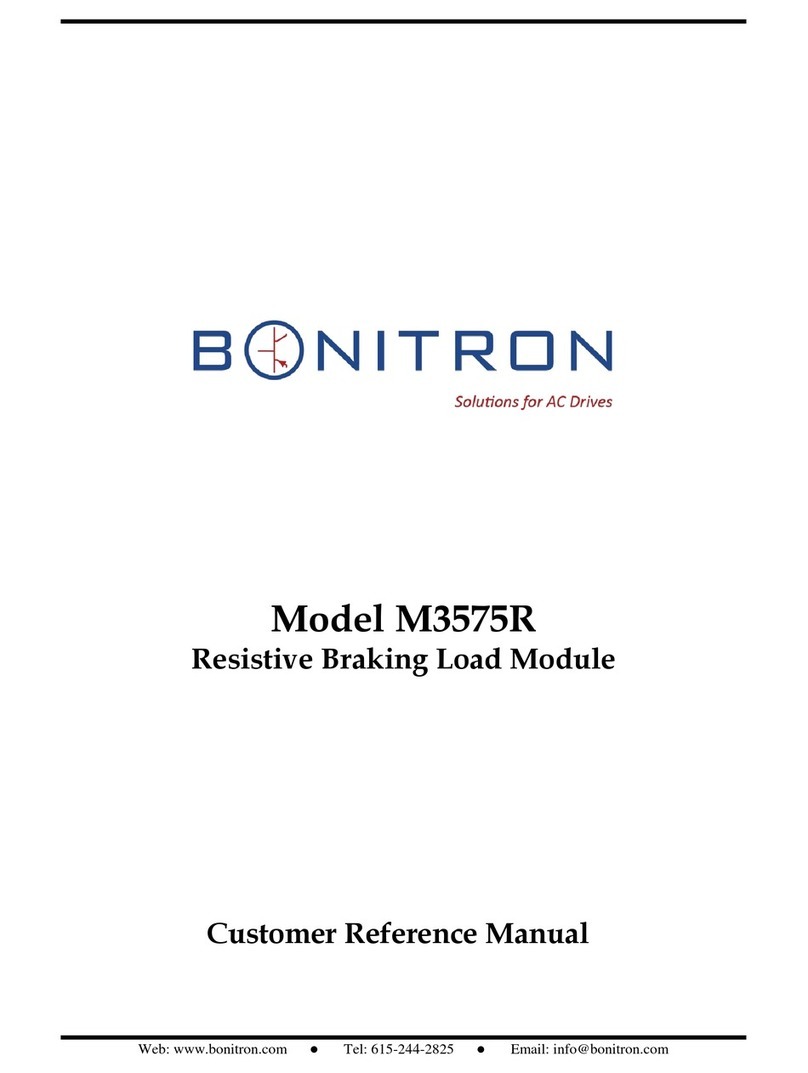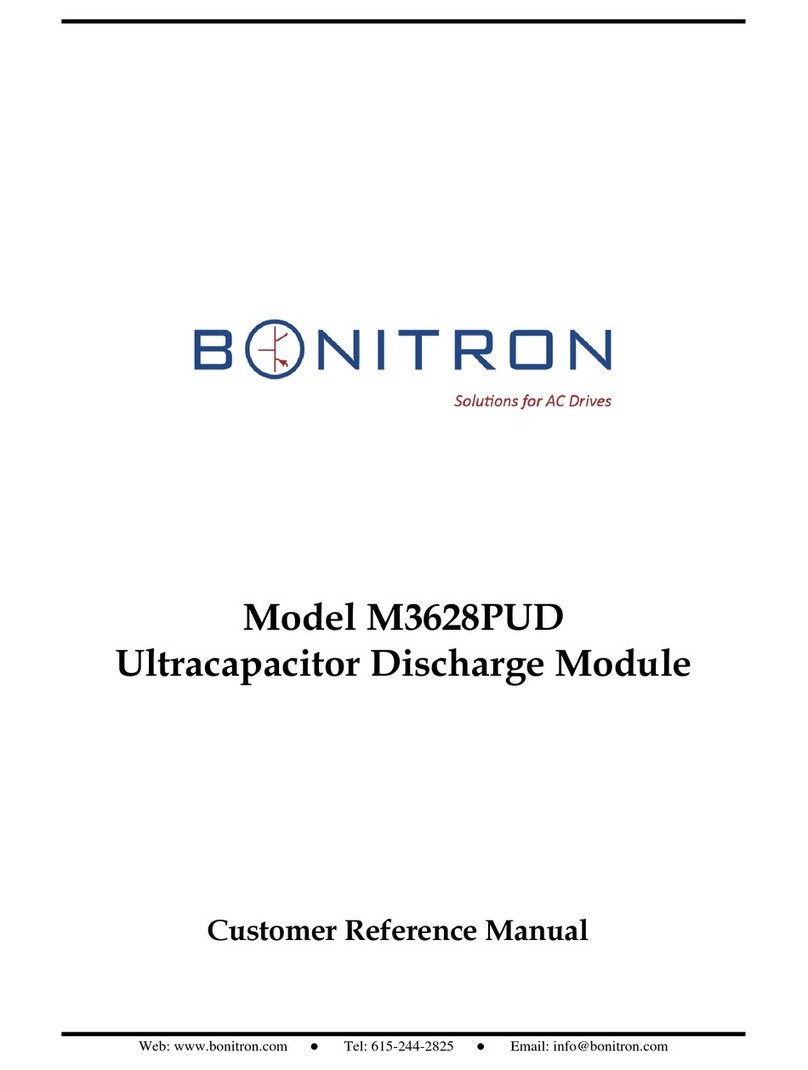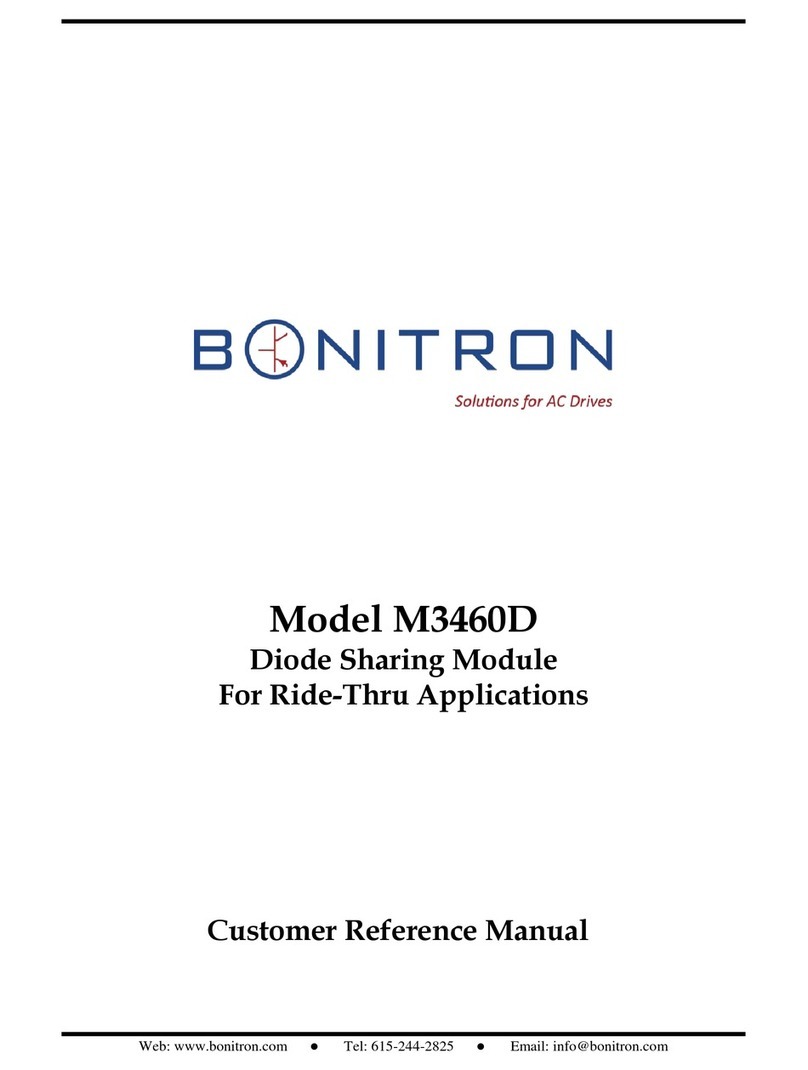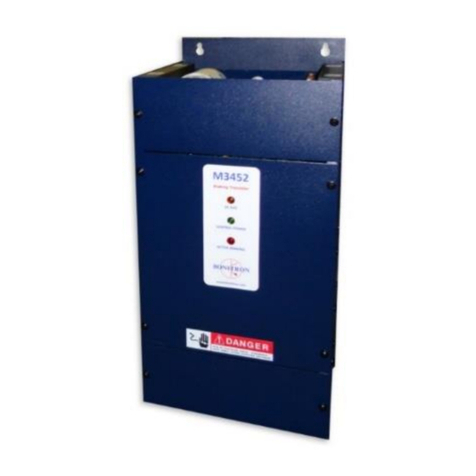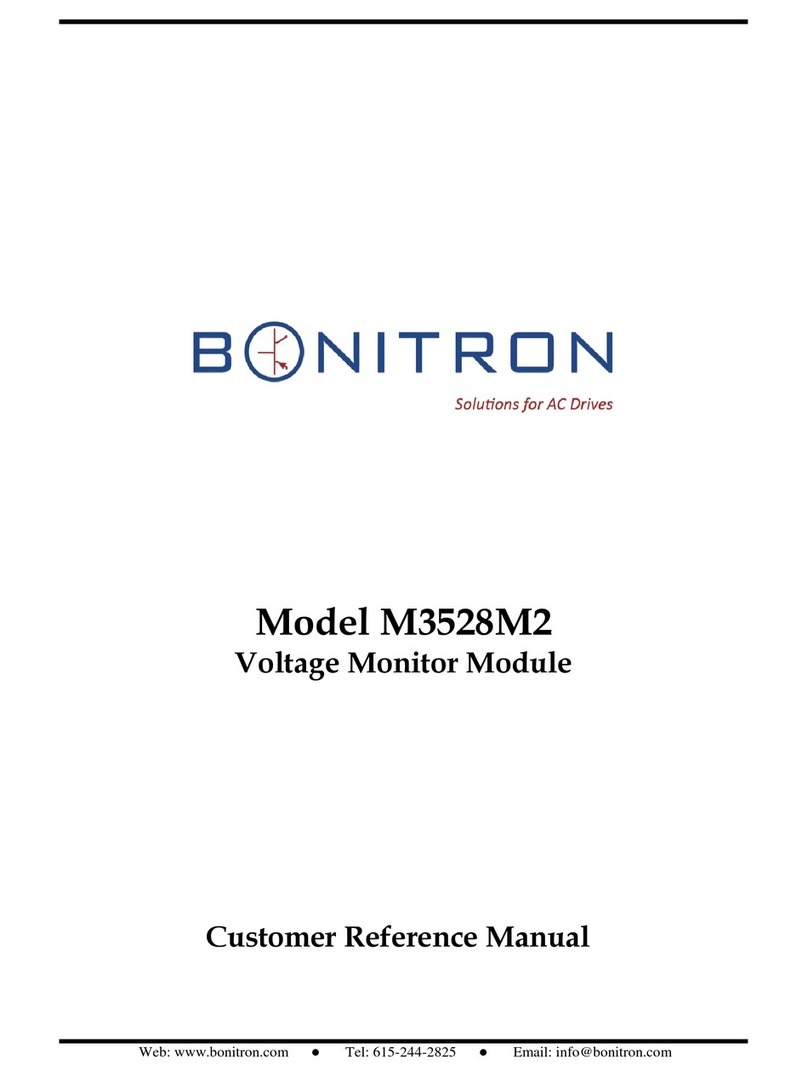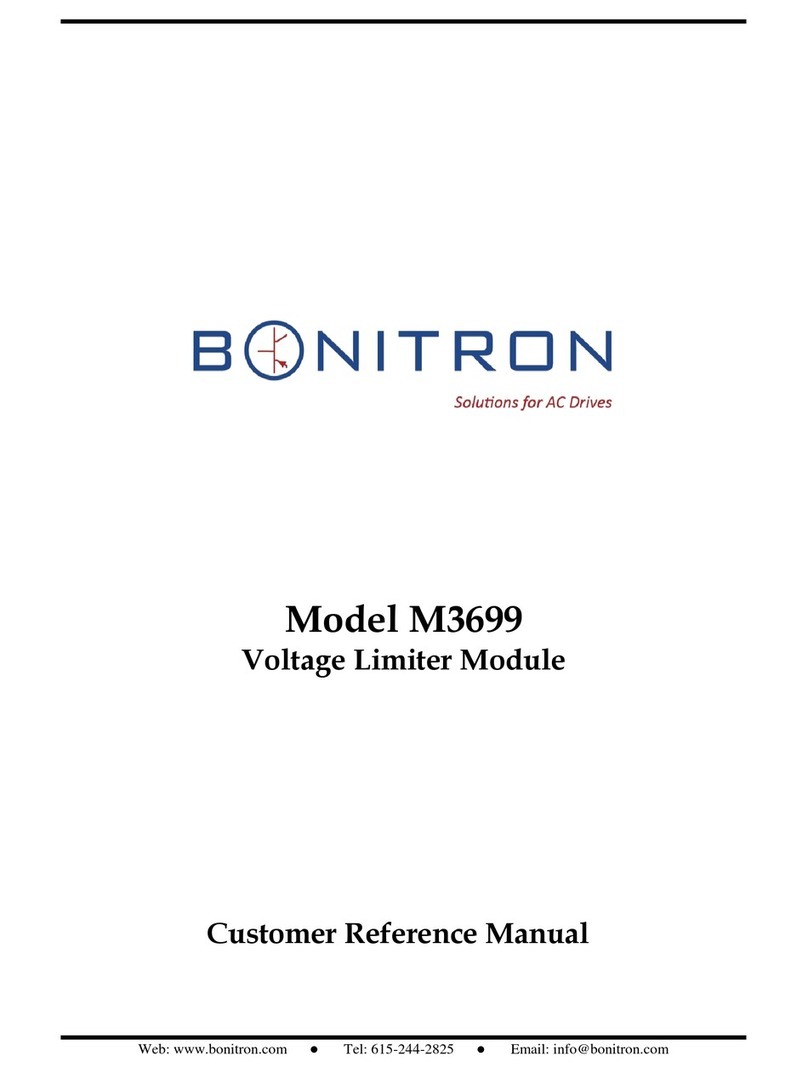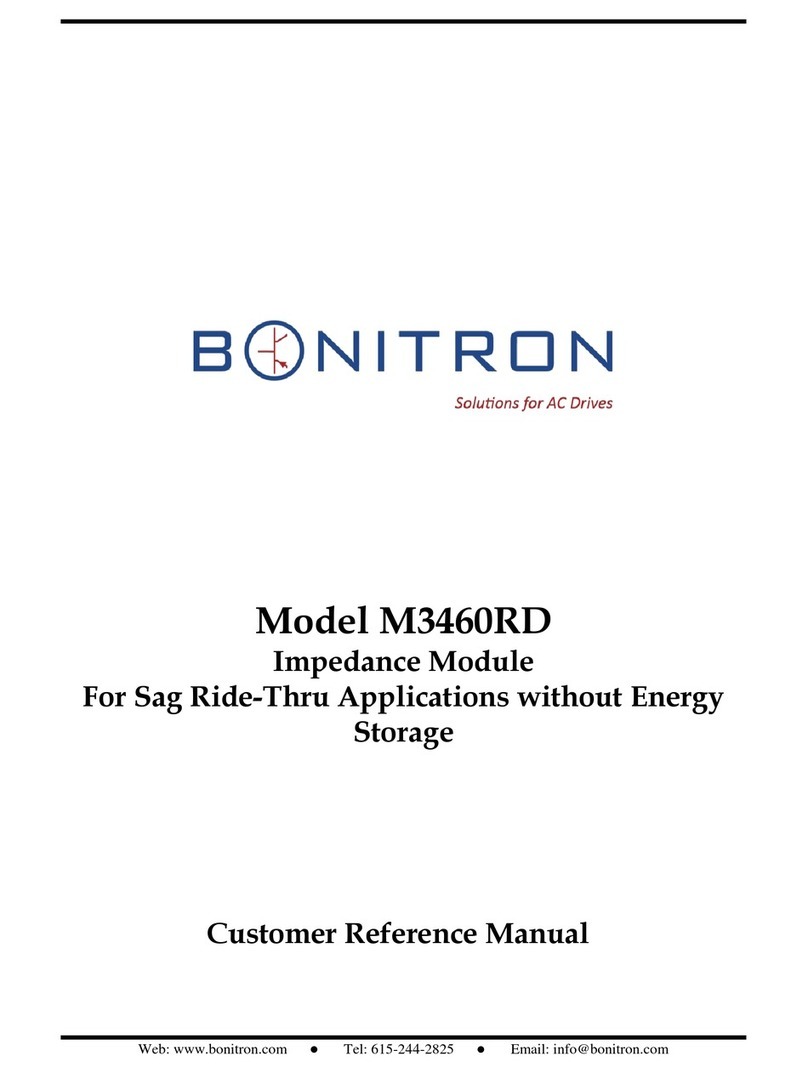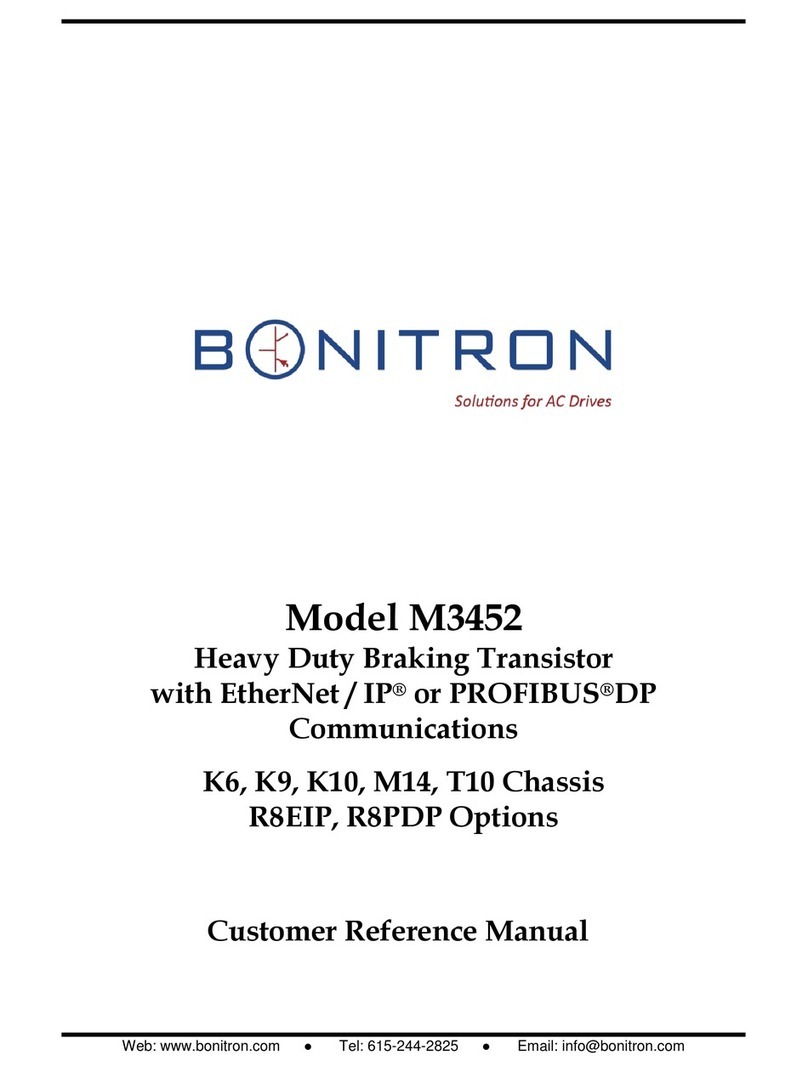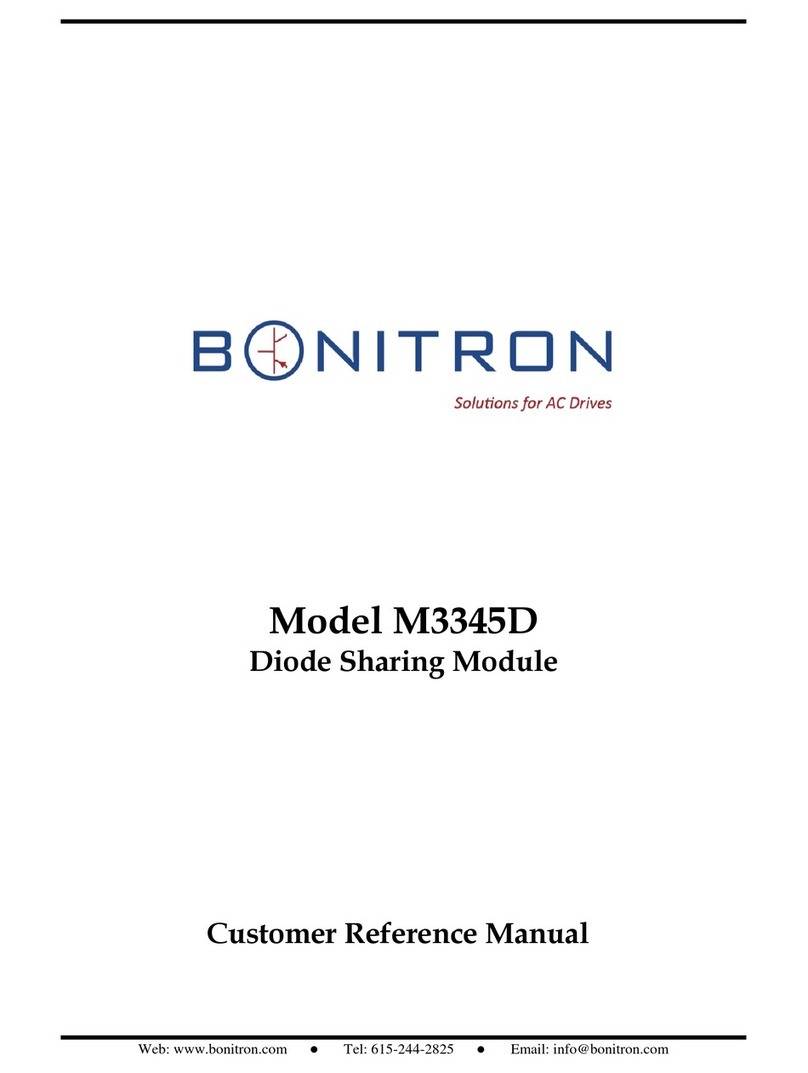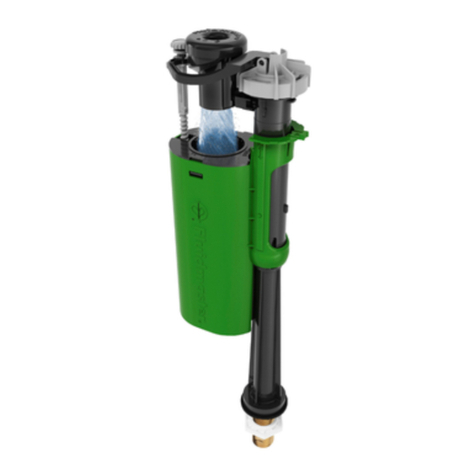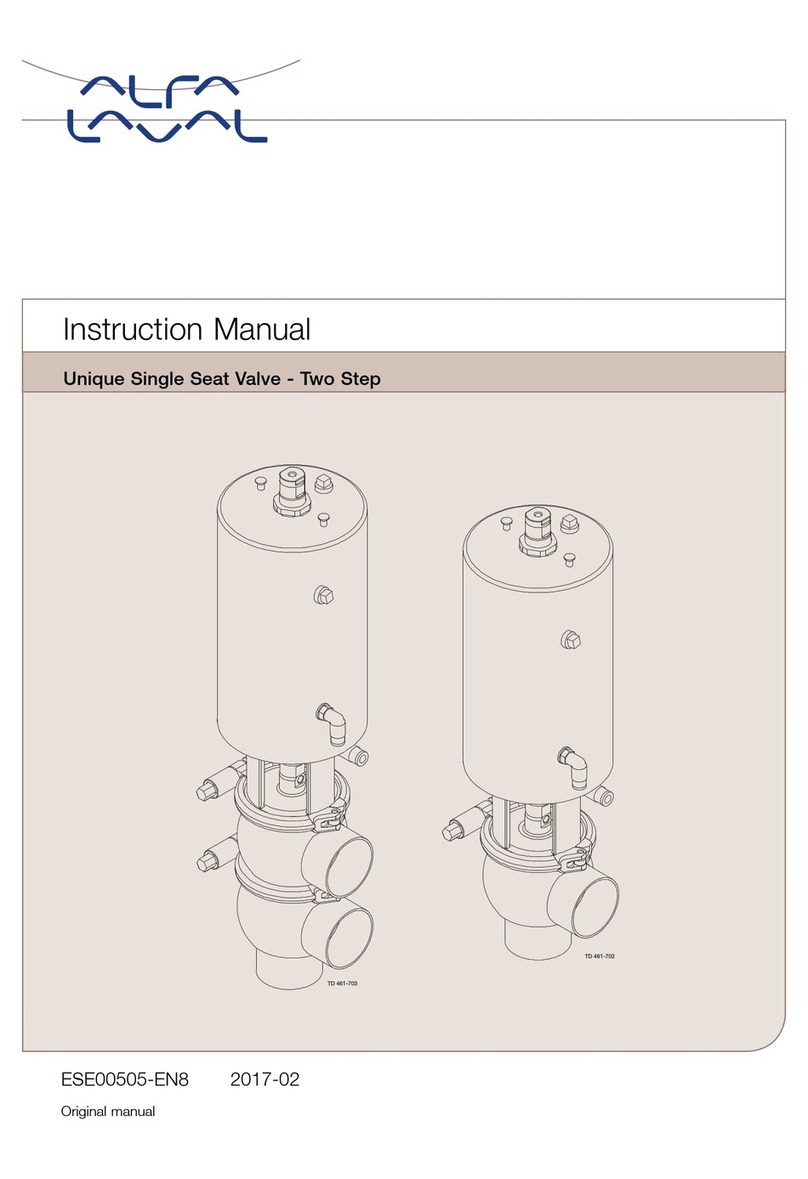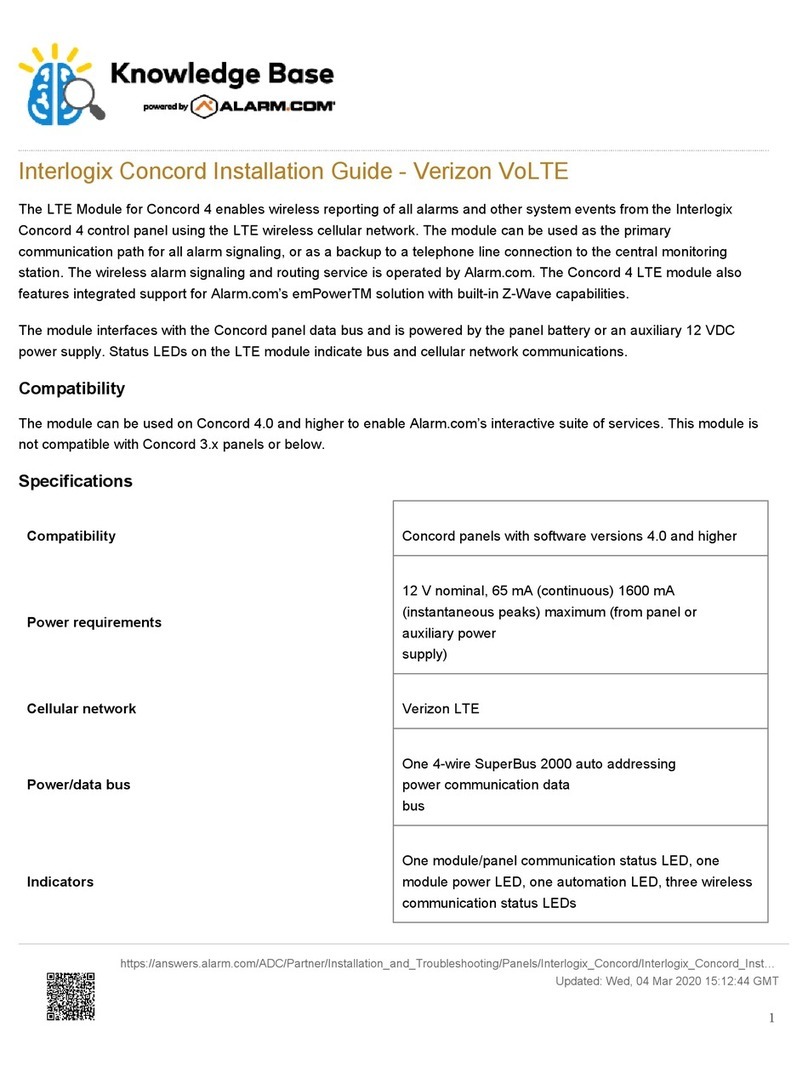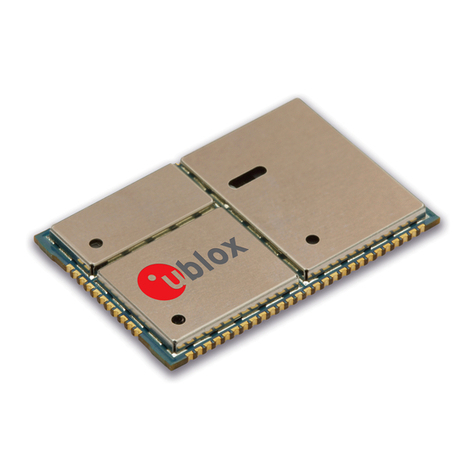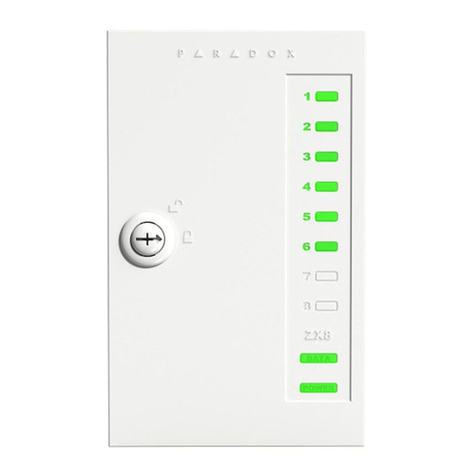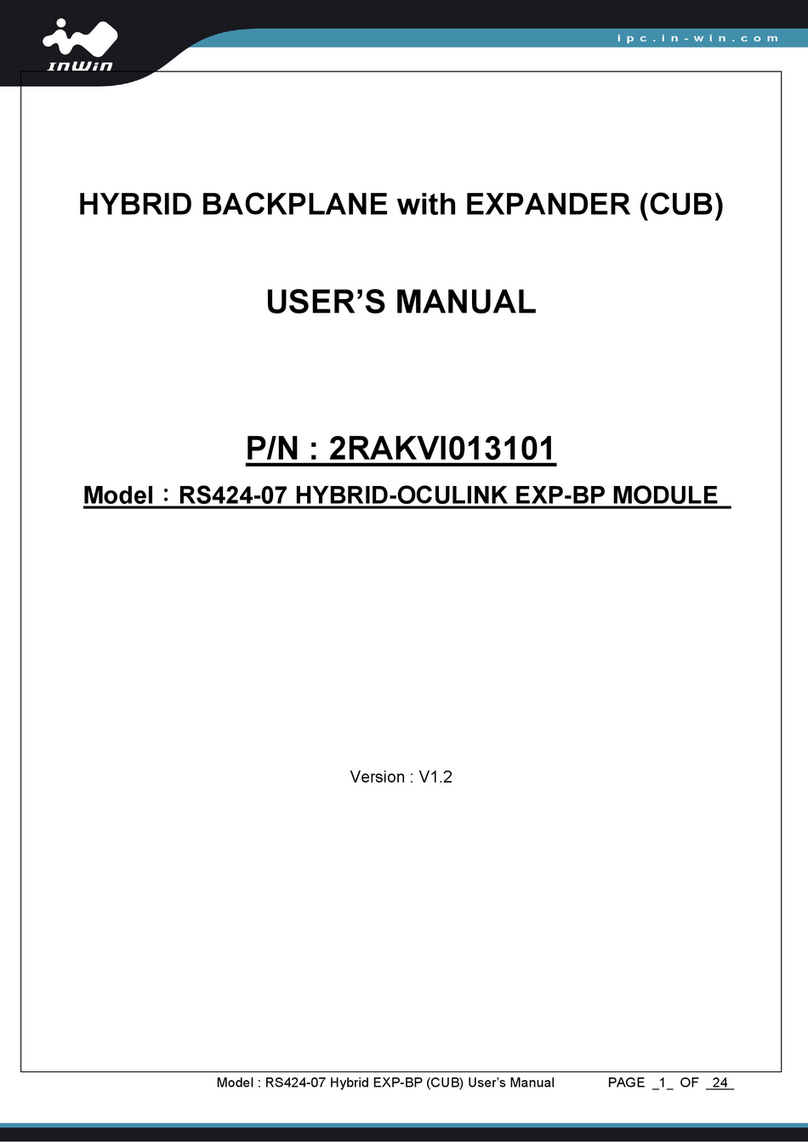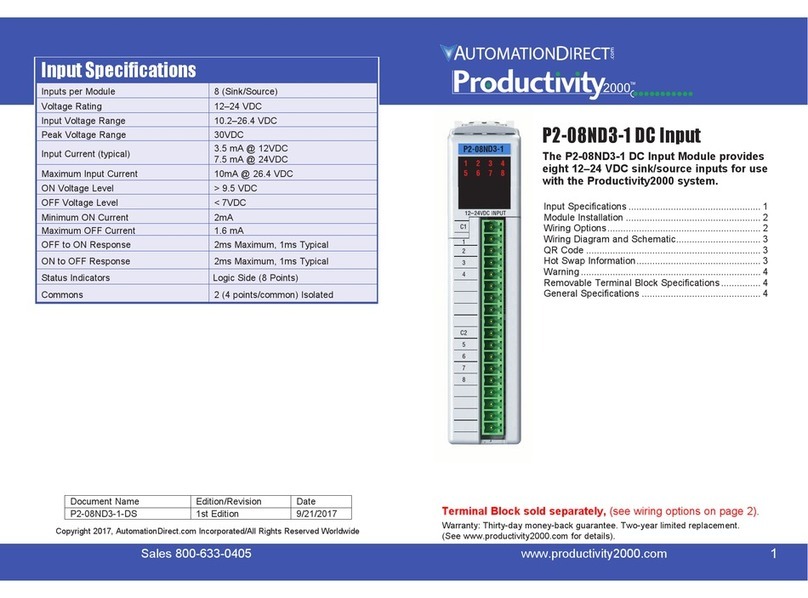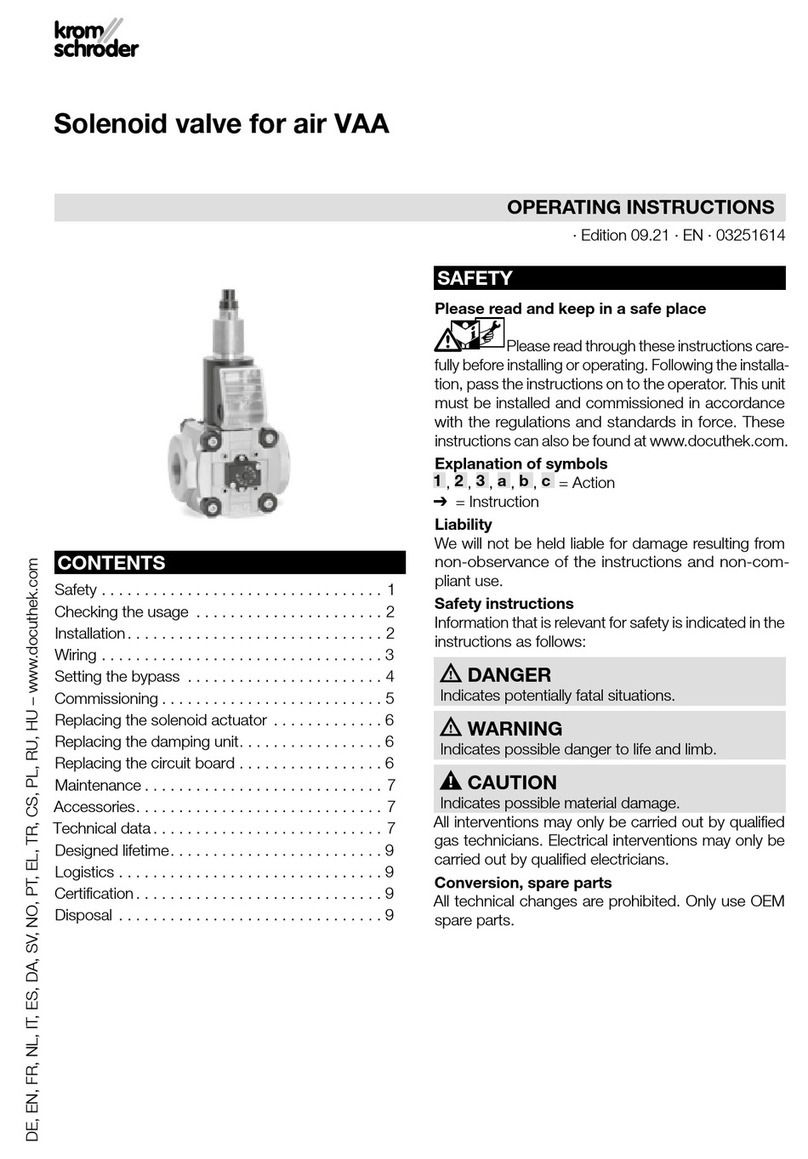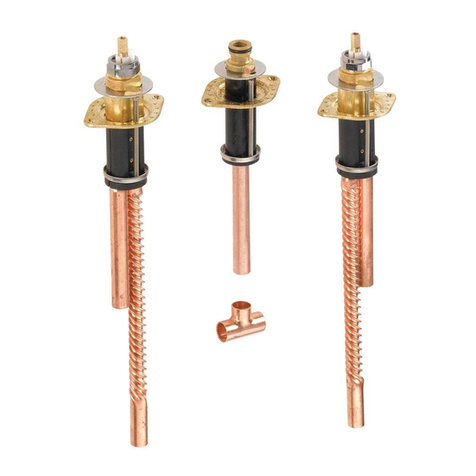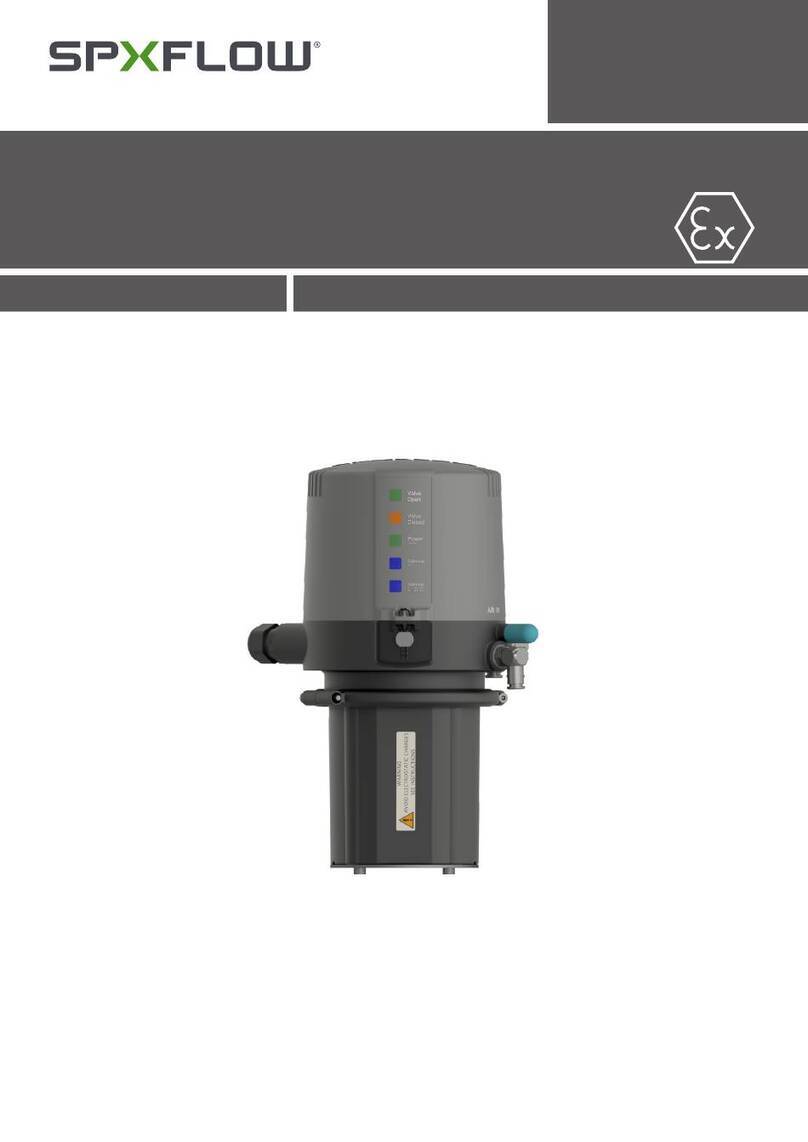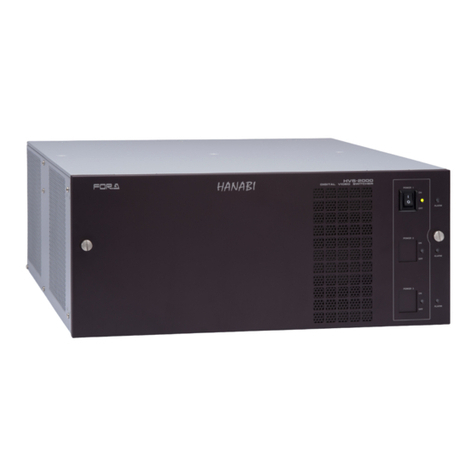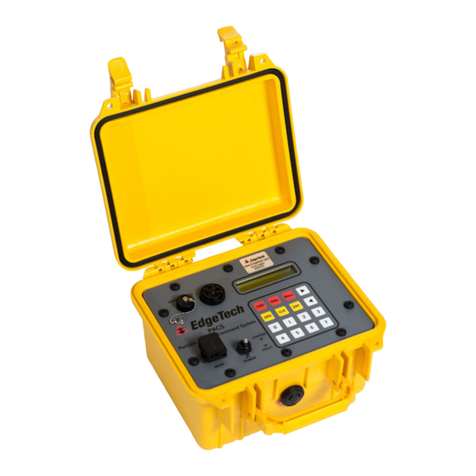M3452 Complete
4
1. INTRODUCTION............................................................................................................. 7
1.1. Who Should Use...........................................................................................................7
1.2. Purpose and Scope......................................................................................................7
1.3. Manual Version an d Change Record...........................................................................7
Figure 1-1: Typical M3452 Complete Module...............................................................................7
1.4. Symbol Conventions Used in this Manual and on Equipment.......................................8
2. PRODUCT DESCRIPTION /FEATURES ............................................................................. 9
2.1. Related Products..........................................................................................................9
2.2. Part Number Breakdown ..............................................................................................9
Table 2-1: Part Number Breakdown.............................................................................................9
Table 2-2: AC Voltage Rating.......................................................................................................9
Table 2-3: Resistors....................................................................................................................10
Table 2-4: Chassis Codes ..........................................................................................................10
2.3. General Specifications................................................................................................10
Table 2-5: Specifications ............................................................................................................10
2.4. General Precautions and Safety Warnings.................................................................11
3. INSTALLATION INSTRUCTIONS...................................................................................... 13
3.1. Environment...............................................................................................................13
3.2. Unpacking ..................................................................................................................13
3.3. Mounting.....................................................................................................................13
3.3.1. Mounting the M3452 ...........................................................................................................13
Figure 3-2: Recommended Placement and Required Minimum Mounting Clearances .............14
3.4. Wiring and Customer Connections.............................................................................15
3.4.1. Power Wiring.......................................................................................................................15
Figure 3-3: Power Termination Information................................................................................15
Table 3-1: Power Wiring Specifications......................................................................................15
Table 3-2: DC Bus Wiring Specifications....................................................................................16
3.4.2. Control Interface Wiring ......................................................................................................16
Figure 3-4: Control Termination Information...............................................................................16
Table 3-3: Control Wiring Specifications ....................................................................................17
3.5. Typical Configurations................................................................................................18
Figure 3-4: Field Connections.....................................................................................................18
4. OPERATION ............................................................................................................... 20
4.1. Functional Description................................................................................................20
4.2. Features.....................................................................................................................20
4.2.1. Indicators.............................................................................................................................20
4.3. Startup........................................................................................................................20
4.3.1. Pre-Power Checks ..............................................................................................................20
4.3.2. Startup Procedure and Checks...........................................................................................21
4.4. Operational Adjustments ............................................................................................21
5. MAINTENANCE AND TROUBLESHOOTING ...................................................................... 22
5.1. Periodic Testing..........................................................................................................22
5.2. Maintenance Items.....................................................................................................22
5.3. Troubleshooting..........................................................................................................22
5.3.1. Control power light not illuminated......................................................................................22
5.3.2. DC bus light not illuminated ................................................................................................22
5.3.3. Blown DC bus fuse..............................................................................................................23
5.3.4. Fan runs constantly.............................................................................................................23
5.3.5. Fan doesn’t run ...................................................................................................................23




















